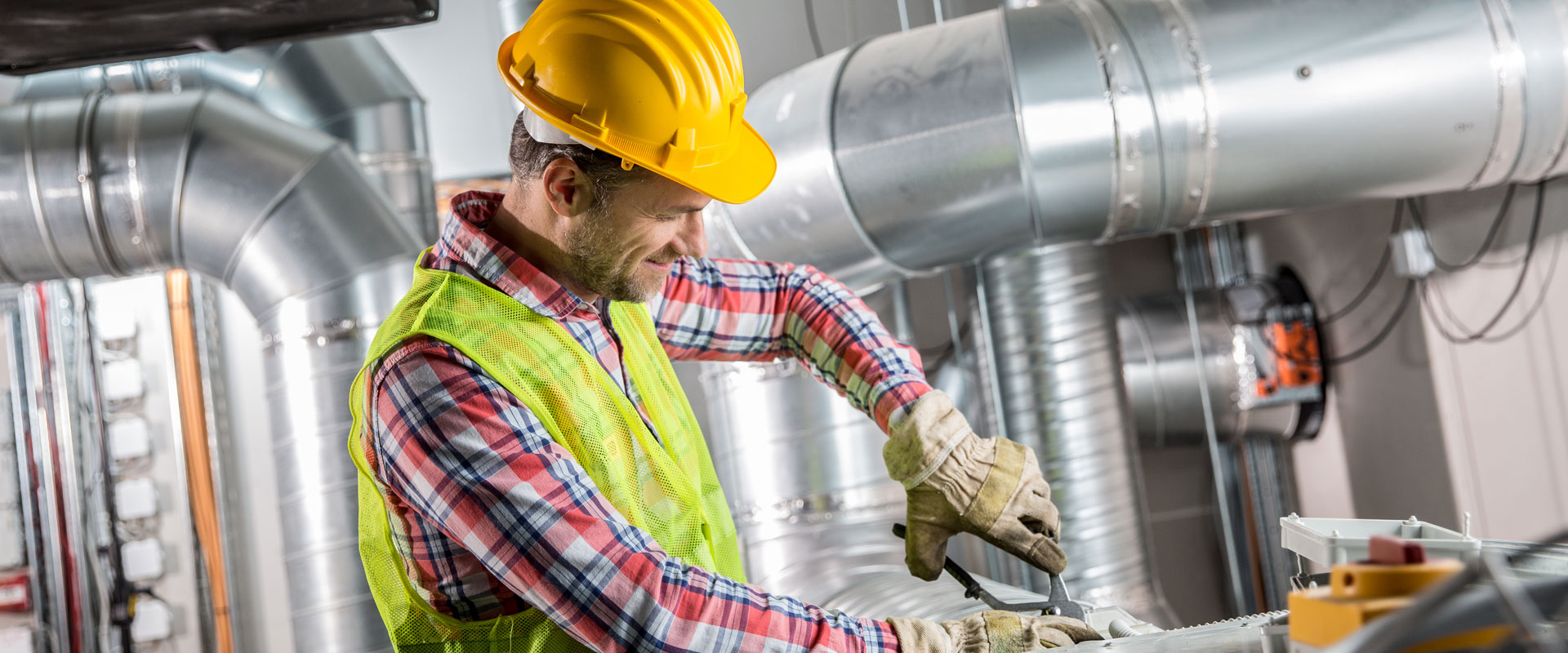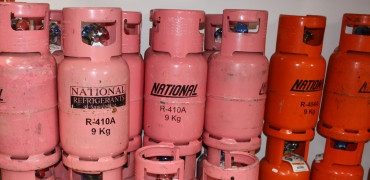Firstly, Mr Haydock states that R32 is to be phased out, which is not quite the situation. The simple facts are that R32 (which already makes up half of R410A) has a much lower GWP (675) than R410A (2,088). These are the figures stated in the F-Gas Regulations.
The whole of F-Gas, which effectively polices the change in refrigerants, also refers to the changes as a ‘phase down’ rather than a phase out.
The reason for this is that whilst we as an industry have to play our part in tackling the effects of climate change, we have to find a way to do this which minimises the cost to the businesses using equipment and does not compromise on the high levels of efficiency and performance available with modern VRF systems.
Modern life is dangerous and all refrigerants can be harmful if handled incorrectly.
So, whilst we will see a move to refrigerants with lower GWPs, this has to be a gradual process – a case of evolution NOT revolution.
Finally, Mr Haydock highlights how toxic R32 could be if it is allowed to decompose and produce Hydrogen Fluoride.
Whilst he is quite right, the amount of decomposed R32 that would be needed to produce even one gram is so significant that this will simply not happen in everyday usage.

R32 and F-Gas regulations
The simple facts are that R32 has a much lower GWP (675) than R410A (2,088). These are the figures stated in the F-Gas Regulations.The whole of F-Gas, which effectively polices the change in refrigerants, also refers to the changes as a ‘phasedown’ rather than a phase out.
And this brings me to my parting thought about all of this – Modern life is dangerous and all refrigerants can be harmful if handled incorrectly – even water can be hazardous if you consume too much!
This is exactly why manufacturers offer comprehensive training on how to install, commission and maintain equipment using refrigerants.
This is also why we strongly advocate adherence to F-Gas, so that competent engineers are the only ones who go anywhere near refrigerants.
Ben Bartle-Ross is a Technical Trainer at Mitsubishi Electric.
If you have any questions about this article or want to know more, please email us. We will contact the author and will get back to you as soon as we can.
If you would like more information of the F-Gas phase down and R32 please visit https://timeforr32.co.uk


